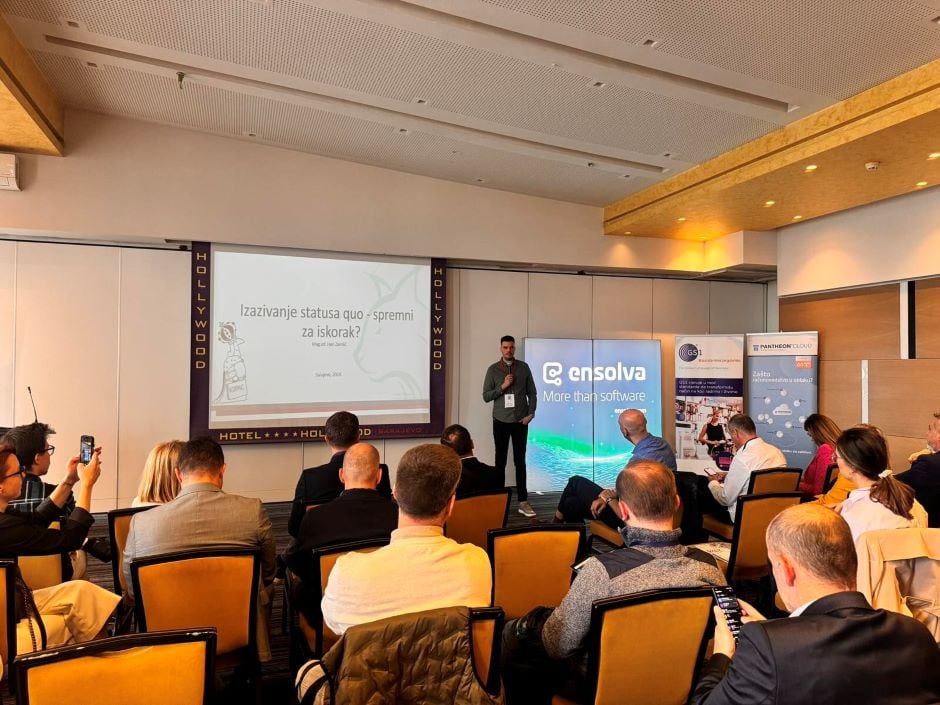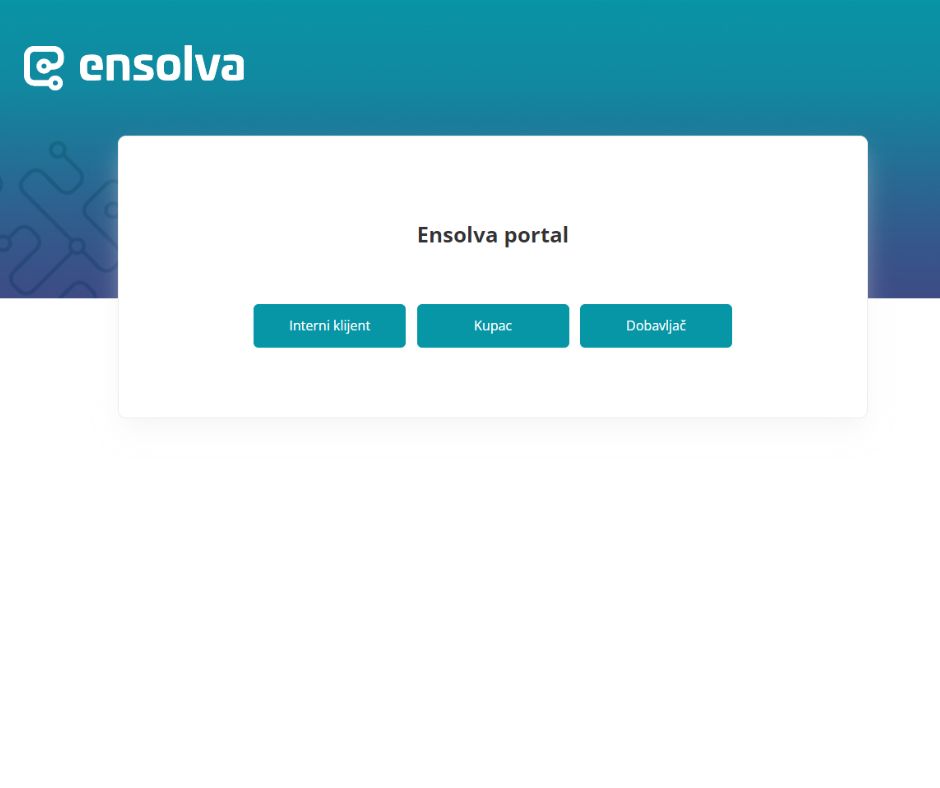Today, it has become unthinkable to do anything without technology, including procurement. Although paperwork and manual processes are still used in a considerable number of institutions and companies in our country, this will probably change a lot in a few years. Traditional procurement full of paperwork and manual processes is very tiring and time-consuming, that’s why more and more companies are starting with an e-procurement strategy. E-Procurement Strategy enables companies to improve their procurement processes with digital tools, thereby becoming more efficient and reducing costs. We will describe to you how you can successfully implement it in a few steps.
- First, assess what your current procurement processes are
The first step, before you start making changes, is a good assessment of your current purchase. Record what the ‘pain points’ are, what you consider to be the biggest problem, what are the most common obstacles and the like. Also, talk to everyone else involved in procurement to get their feedback and suggestions for improvement. This step is the most difficult since you have to collect the information using traditional processes, but it is worth the time and effort because it will simplify and shorten the time of future procurement processes.
- Set the goals of implementation
Based on the previous analysis of your procurement, define clear goals that you want to achieve by implementing the e-strategy. Goals should be specific, measurable, achievable, relevant and time-bound. Create an e-procurement plan and set key performance indicators, this will help you set realistic expectations of what to expect after implementing the strategy. When choosing e-procurement KPIs, tie them to your company’s broader goals. For example, if your company wants to cut costs in order to survive a recession, then choose KPIs that are aimed at achieving that goal.
- Choose the appropriate digital tools
Explore different digital tools. A good procurement digitization tool must be able to integrate with other systems, support the entire procurement process from start to finish, fast and customized approval flow, insights and reporting on spending and savings, enable cost management and supplier management. Our procurement software Ensolva, for example, fully adapts to your existing procurement processes and it is possible to purchase a license for only certain modules. Such software allows you to not have to change the work you do, but you will just do it in a different way – digitally.
- Education and training of employees
When we introduce new digital tools and processes, it is important to educate and prepare employees for it. We need to facilitate the process of adapting to the new changes and ensure that people understand how to use the new tools. Hold workshops, trainings and be a continuous support so that your team is as ready as possible for the application and use of new technologies. Also, be careful not to put pressure on your people, it’s a process that takes time and patience. Collaborate with HR and department heads to share important information about changes and new procurement guidelines. Don’t forget to include external stakeholders and suppliers, as they are an important part of the procurement process.
- Progress monitoring
After the implementation of the new e-strategy, it is good to monitor the progress of achieving the set goals and analyze the results. Track data relevant data such as costs, time and money savings, supplier satisfaction and the like. Based on this information, adjust your strategy so that your e-procurement strategy remains as efficient and effective as possible.
The implementation of an e-procurement strategy is certainly a more efficient solution than “manual” procurement. If applied correctly, it can help you reduce costs and improve supplier relationships. An e-procurement strategy is important for optimizing procurement processes and achieving better results for your company. By following these five steps – analysis, goal setting, tool selection, employee education, and continuous monitoring and improvement – you can create a plan that will ensure the successful implementation of an e-procurement strategy. This will push you forward in relation to the competition, and along the way will bring greater savings and efficiency, which is the ultimate goal of everyone in procurement.



